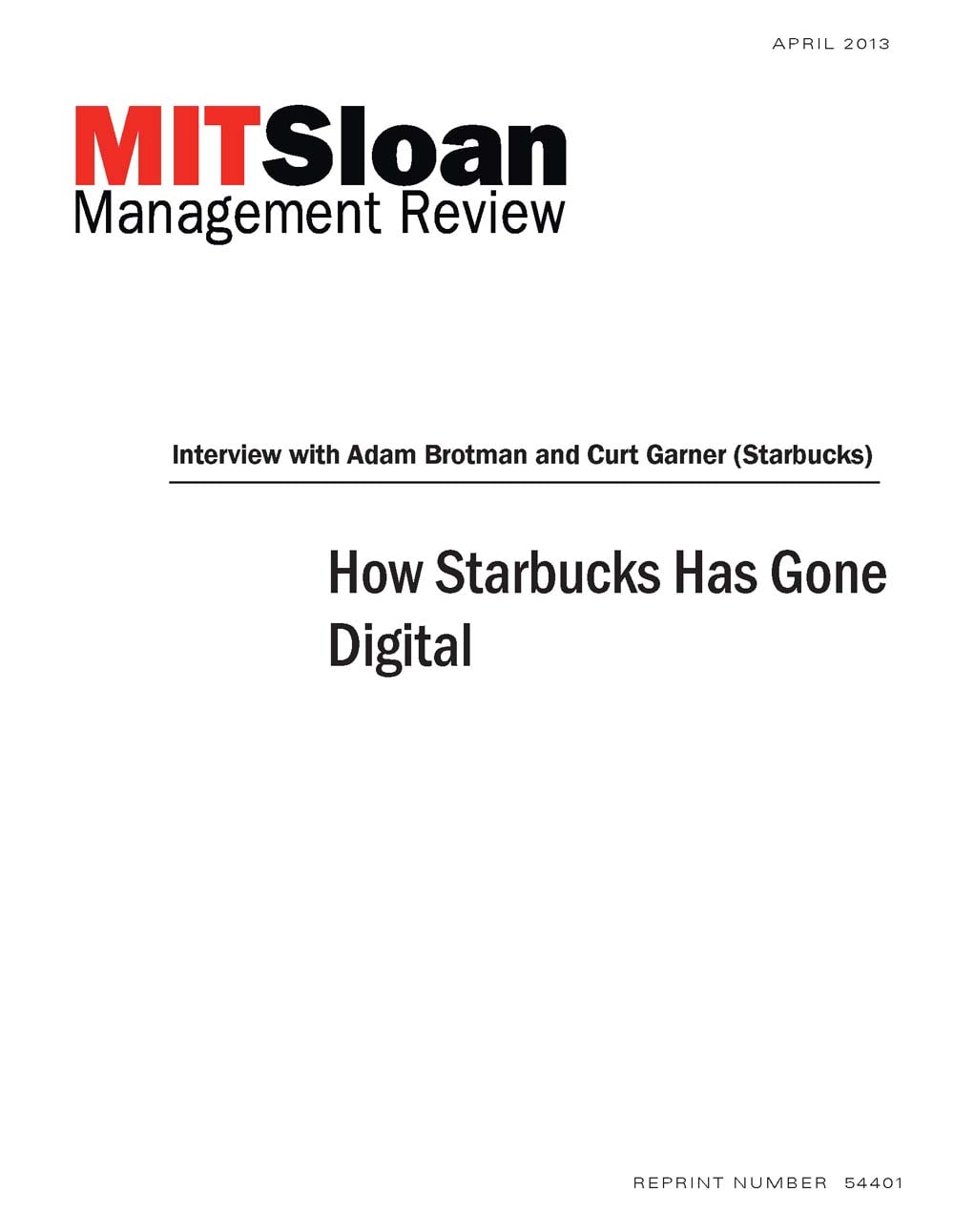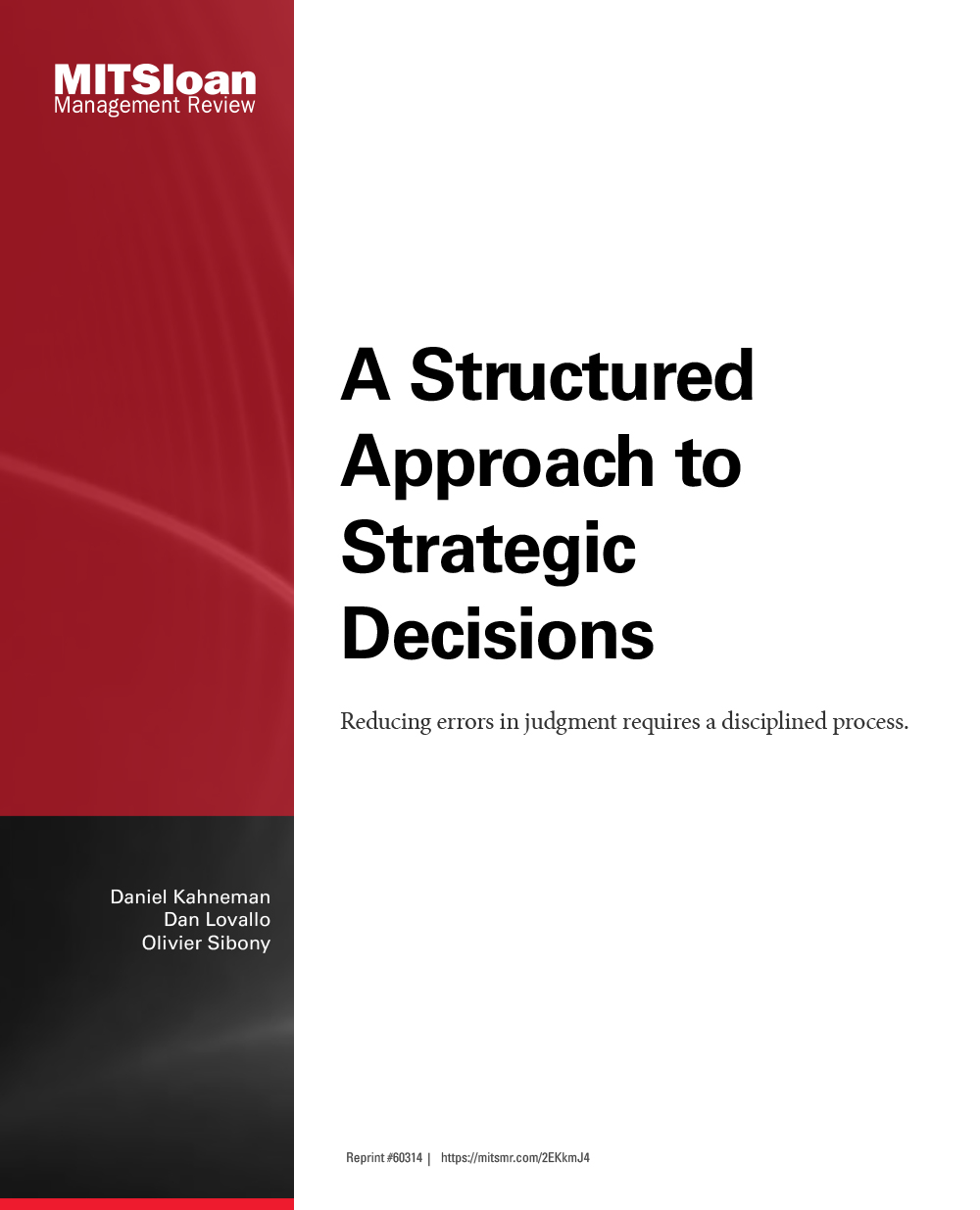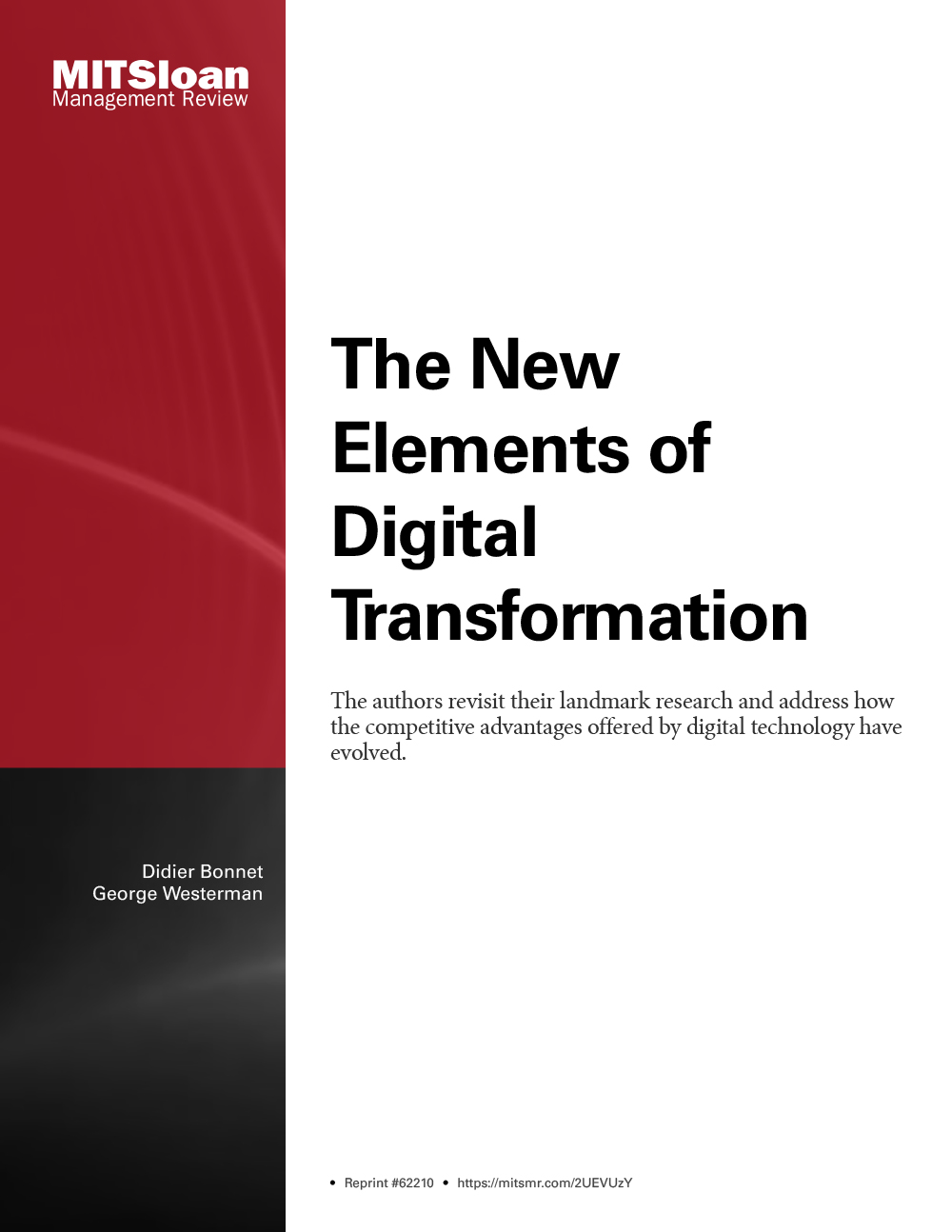
How Starbucks Has Gone Digital
Retailers struggle with keeping brand strategies consistent across the physical and digital worlds. Starbucks has made great strides in maintaining its brand message, whether customers are on Facebook or in one of its 17,000 stores, anywhere in the world. The company’s digital transformation began with the seemingly simple decision to offer Wi-Fi and access to digital media such as The Economist as a free service in its stores. That was Adam Brotman's first big idea after he was hired in 2009 to the new job of vice president of digital ventures. The free Wi-Fi and content put the customer's wants at the center of Starbucks' digital strategy. Brotman was named Starbuck's chief digital officer in March 2012, putting Starbucks in the front ranks of companies that have a digital czar.
Brotman works closely with Curt Garner, a 15-year Starbucks veteran named chief information officer at the same time Brotman became CDO. The two talk every day, their leadership teams meet every other week, and the two run digital scrums at least once a quarter, where their teams brainstorm how to use technology to give customers a better experience at Starbucks.
Brotman and Garner's close collaboration leads to iterative transformations, like figuring out how to use a point-of-sale system upgrade and save 10 seconds per card transaction, eliminating 900 million hours of line time for customers. Starbucks is now piloting mobile ordering in stores, which should mean less time in line, and perhaps even the ability to walk in and order "the usual." They believe Starbucks acts like a consumer technology company.




